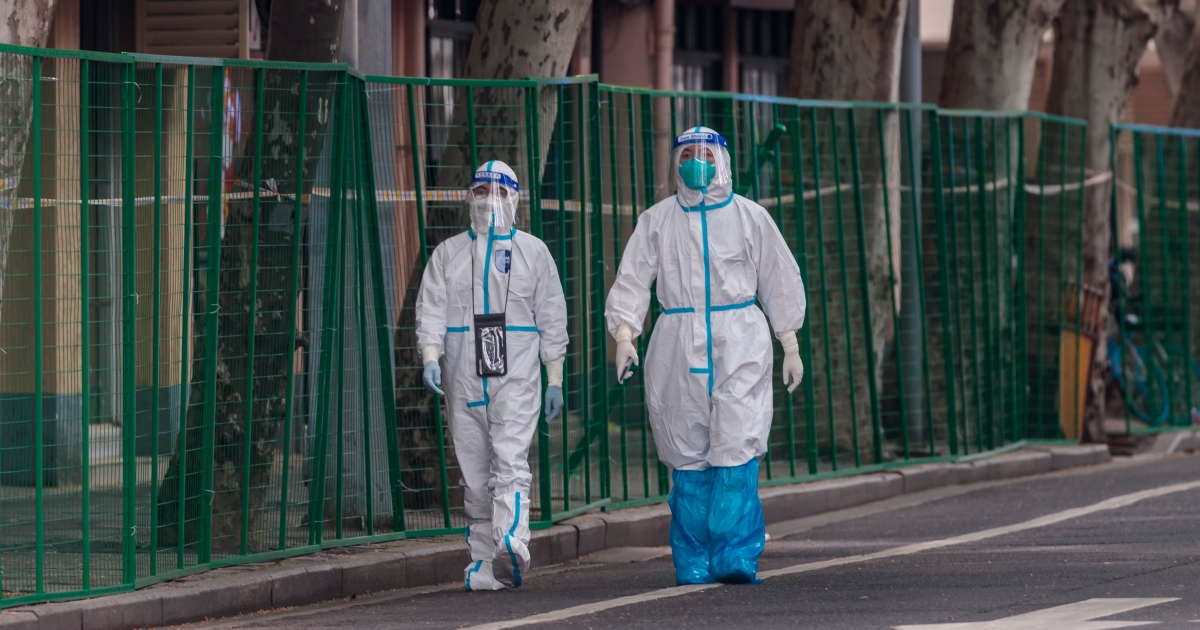Beijing, China: The Institute of Vertebrate Paleontology and Paleoanthropology at the Chinese Academy of Sciences conducted the study and the scientists analysed the genetic composition of migration and formation of the ancient inhabitants of Xinjiang of the Bronze Age (BA), Iron Age and Historical era, Radio Free Asia reported.
They published their findings in the April edition of the journal Science in an article titled “Bronze and Iron Age population movements underlie Xinjiang population history.”
“Archaeological and mitochondrial studies have suggested that the BA [Bronze Age] inhabitants and cultures of Xinjiang were not derived from any indigenous Neolithic substrate but rather from a mix of West and East Eurasian people, whereas BA burial traditions suggest links with both North Eurasian Steppe cultures and the Central Asian BMAC civilization,” the report said referring to the Central Asian Bactria-Margiana Archaeological Complex (BMAC) in the south.
“These results document the influence that East and West Eurasian populations have had over time in the different regions of Xinjiang,” the report added.
The study by the Chinese Academy of Sciences comes at a time when the Chinese government has stepped up its assimilation of the Muslim Uyghurs to inculcate a common identity among Uyghurs with other ethnicities in the country. The government rejects claims that the ethnic minority group has its own history, culture, language and way of life, according to Radio Free Asia.
One Uyghur expert questioned the premises that underlie the analysis by Chinese researchers.
Erkin Ekrem, an associate professor of history at Hacettepe University in Turkey said that China is attempting a revisionist history that eradicates the region’s unique characteristics by portraying East Turkestan as a mixed-race region.
“I’m a bit suspicious,” he said and questioned, “Exactly what kind of corpses were given to the researchers? We don’t know that at the moment.”
“In its research on the races in East Turkestan, China is always saying that the people from the region are of the Indo-German, Caucasian, Siberian, even Han and Mongoloid types,” he said. “It’s as though they portray East Turkestan as a place where every race and every nation mixed, as though they’re working to eliminate the distinctiveness of this place,” Ekrem added.

Leave a Reply